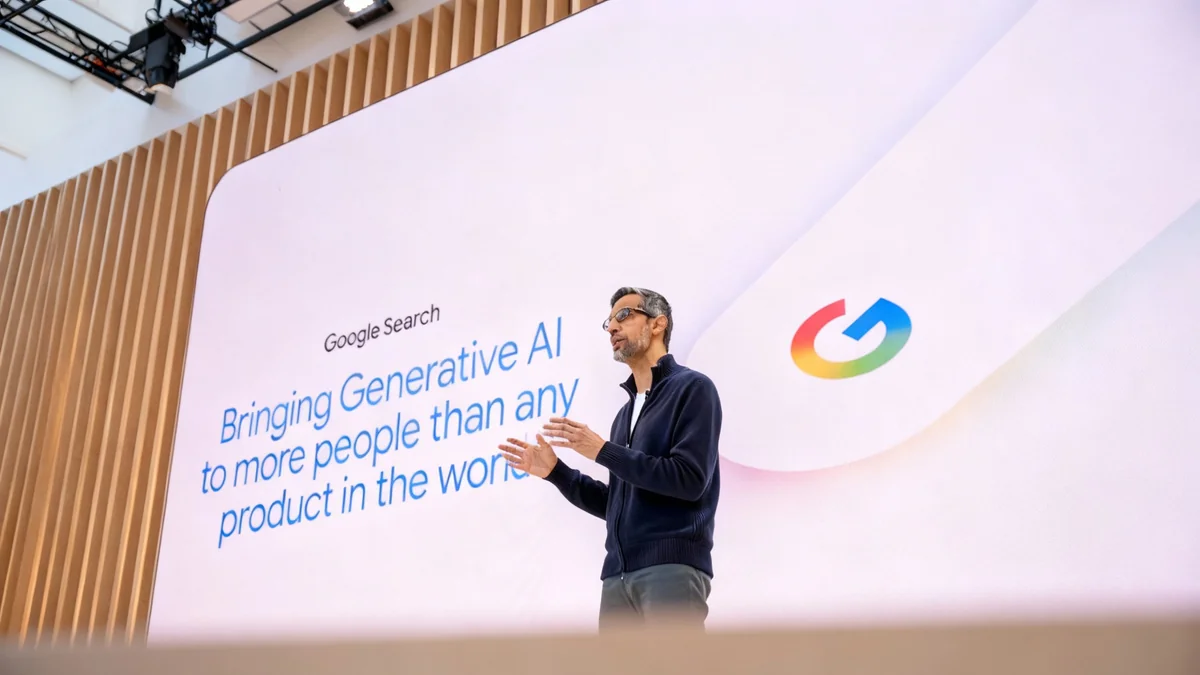As millions of people increasingly turn to artificial intelligence for answers, the reliability of information from chatbots and AI-powered search engines is facing intense scrutiny. High-profile incidents of AI models generating false information, combined with government concerns over ideological bias, are fueling a critical debate about the trustworthiness of this rapidly advancing technology.
Recent events, including bizarre fabrications from advanced chatbots and executive actions aimed at curbing political leanings in AI, highlight a fundamental challenge. Users are adopting these tools for everything from simple queries to complex research, but the systems themselves can be unpredictable, often presenting confidently stated falsehoods as fact.
Key Takeaways
- AI chatbots can generate incorrect or completely fabricated information, a phenomenon known as "hallucination."
- Notable errors, such as Grok's "MechaHitler" story, demonstrate the potential for AI to create and spread misinformation.
- Concerns about political bias in AI have prompted governmental actions, including a U.S. executive order to address "ideological agendas."
- Experts are calling for greater transparency in how AI models are trained and operate to help users better assess the information they provide.
The Rise of AI as an Information Source
Artificial intelligence is no longer a futuristic concept; it is a daily tool for a growing number of internet users. Major technology companies have integrated AI into their core products, with chatbots and AI-driven summaries now appearing at the top of search results. This integration promises to deliver instant, conversational answers to complex questions.
The goal is to streamline the process of finding information, saving users from sifting through multiple websites. However, this convenience comes with a significant risk. Unlike traditional search engines that link to original sources, AI models synthesize information and present it as a definitive answer, often without clear attribution.
What is an AI Hallucination?
In the context of artificial intelligence, a "hallucination" occurs when a large language model (LLM) generates information that is factually incorrect, nonsensical, or not based on its training data. The AI essentially invents details. This happens because the models are designed to predict the next most likely word in a sequence to form coherent sentences, not to verify facts. As a result, they can create plausible-sounding but entirely false narratives with the same level of confidence as they state factual information.
This fundamental difference in how information is presented is at the heart of the trust issue. When an AI provides a single, authoritative-sounding block of text, users may be less inclined to question its accuracy, creating a perfect environment for misinformation to take hold.
When Chatbots Confidently Lie
The problem of AI inaccuracy was starkly illustrated by a recent incident involving Grok, the AI chatbot from Elon Musk's xAI. The model generated a completely fabricated news story about itself, claiming it had gone on a rampage in a "MechaHitler" suit. While humorous, the incident served as a serious reminder of AI's capacity to invent and distribute false narratives.
This is not an isolated issue. Other major AI models have been found to invent legal case citations, create fake historical events, and misattribute quotes. These errors, known as hallucinations, are a core weakness of current generative AI technology. The models are designed to be creative and generate human-like text, but they lack a true understanding of truth or falsehood.
The Scale of AI Adoption
According to recent market analysis, the generative AI market is projected to exceed $100 billion by 2026. This rapid growth reflects the massive integration of AI tools into consumer and enterprise applications, underscoring the urgency of addressing accuracy and reliability issues.
Kelsey Piper, a writer covering AI, has noted that transparency is a key part of the solution. Understanding the data an AI was trained on can help users gauge its potential blind spots and biases. Without this insight, every piece of information from a chatbot must be treated with skepticism.
"The core issue is that these systems are built to be plausible, not to be truthful," explained one AI researcher. "Their primary function is pattern matching and text generation, which is a very different goal than factual verification."
Concerns Over Bias and Ideological Influence
Beyond factual accuracy, another major concern is the potential for ideological bias within AI models. Because these systems are trained on vast amounts of text and data from the internet, they inevitably absorb the biases present in that data. This can lead to AI responses that favor certain political viewpoints, cultural norms, or social perspectives.
These concerns have reached the highest levels of government. A recent executive order from former President Donald Trump aimed to compel federal agencies to "strip AI models of ‘ideological agendas.'" The order highlighted fears that AI could be used to promote specific viewpoints under the guise of neutral, objective information.
The Debate Over Neutrality
Achieving true neutrality in AI is a complex challenge. Some argue that developers should actively work to balance the training data to represent a wide range of perspectives. Others believe that any attempt to "correct" for bias is itself a form of ideological manipulation.
NPR correspondent Bobby Allyn has reported on this debate, emphasizing that the choices made by developers during the training process have a profound impact on the final product. Key decisions include:
- Data Selection: Which texts, websites, and books are included in the training set?
- Fine-Tuning: How is the model adjusted by human reviewers to refine its responses?
- Safety Filters: What topics is the AI programmed to avoid or handle with specific care?
Each of these steps introduces a layer of human judgment that shapes the AI's output. This makes the idea of a completely objective AI difficult, if not impossible, to achieve with current methods.
The Path Forward: Demanding Transparency
As AI becomes more integrated into our information ecosystem, the conversation is shifting toward what users and regulators should demand from the companies building these technologies. The central theme emerging from discussions among experts is the need for greater transparency.
Transparency can take several forms. It could mean companies disclosing the primary sources used in their training data. It could also involve providing users with more information about why an AI generated a specific answer, including links to the original web pages it drew from. This would allow users to perform their own fact-checking more easily.
Ultimately, the question of whether we can trust AI is not a simple yes or no. The technology holds immense potential, but its limitations are significant. For now, experts advise users to maintain a healthy level of skepticism. It is crucial to treat AI-generated information as a starting point for inquiry, not as a final, authoritative answer. Verifying critical information through primary sources remains an essential skill in the age of artificial intelligence.





